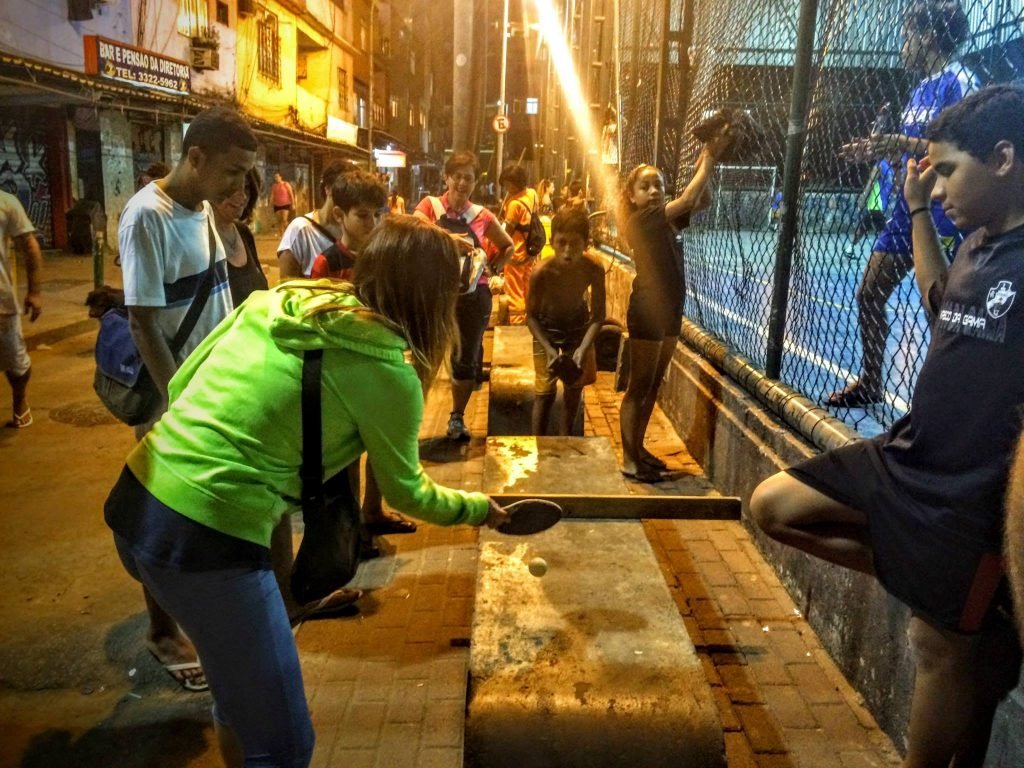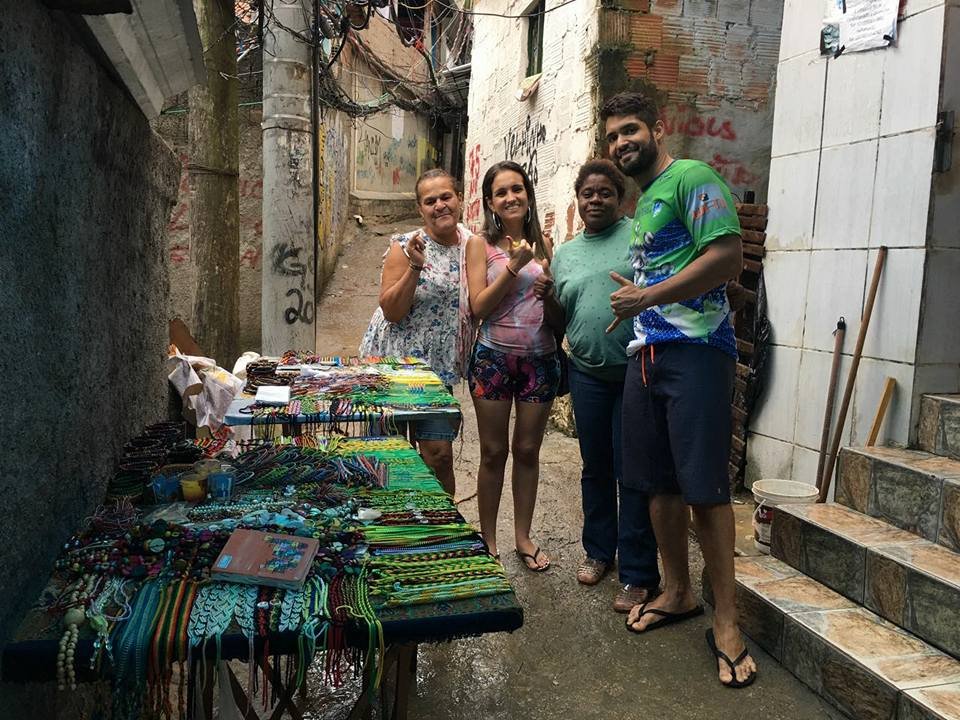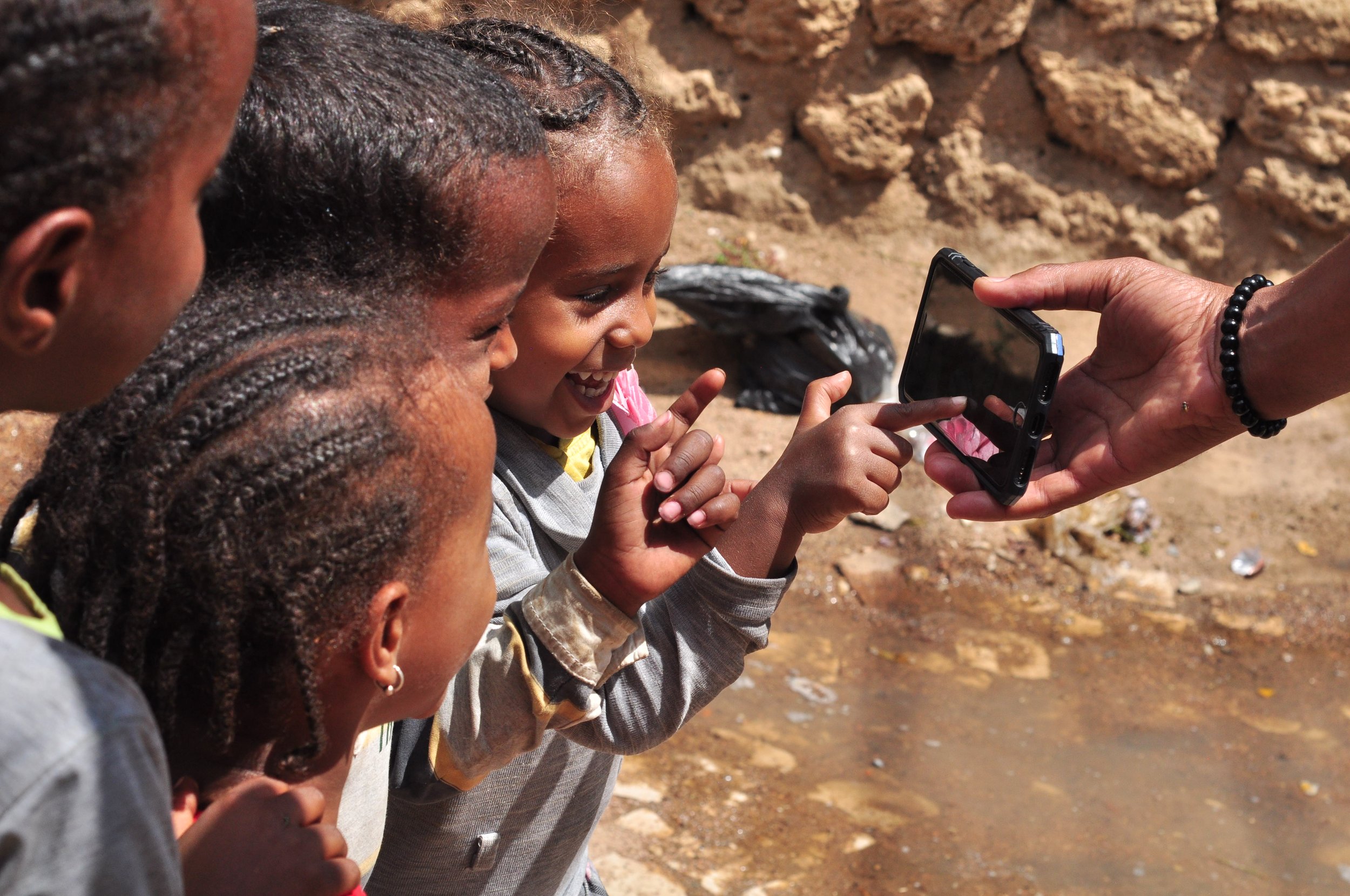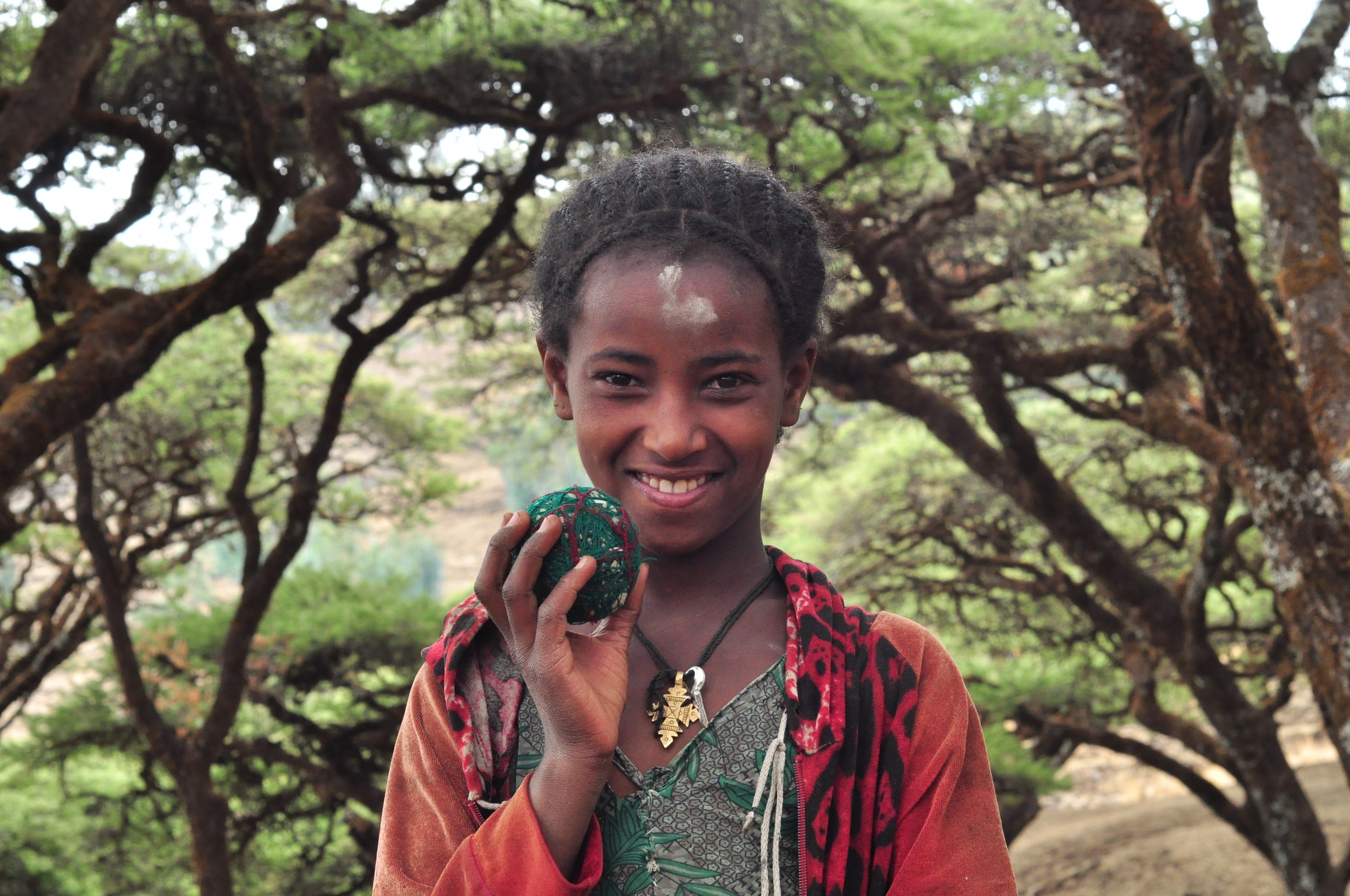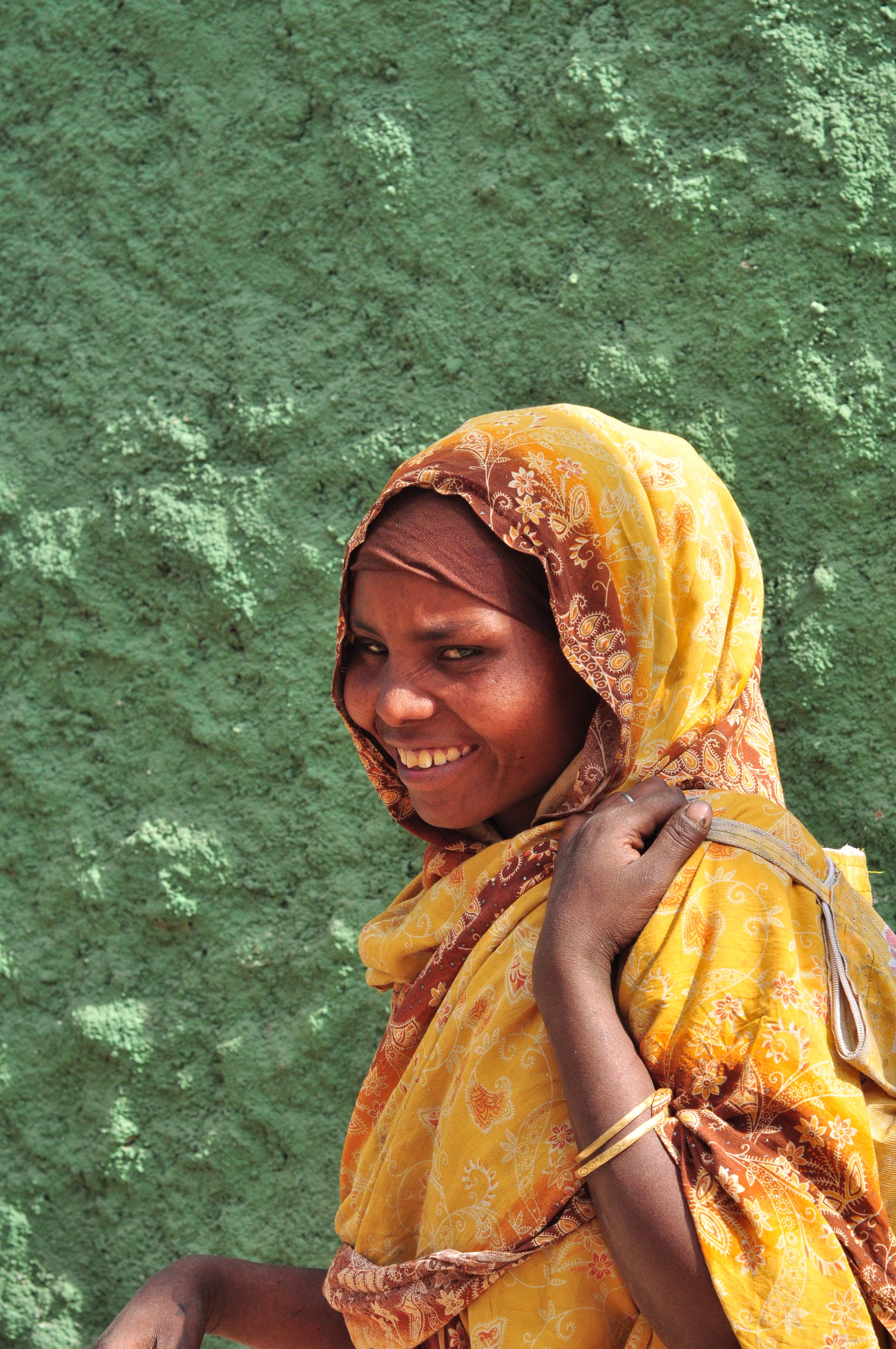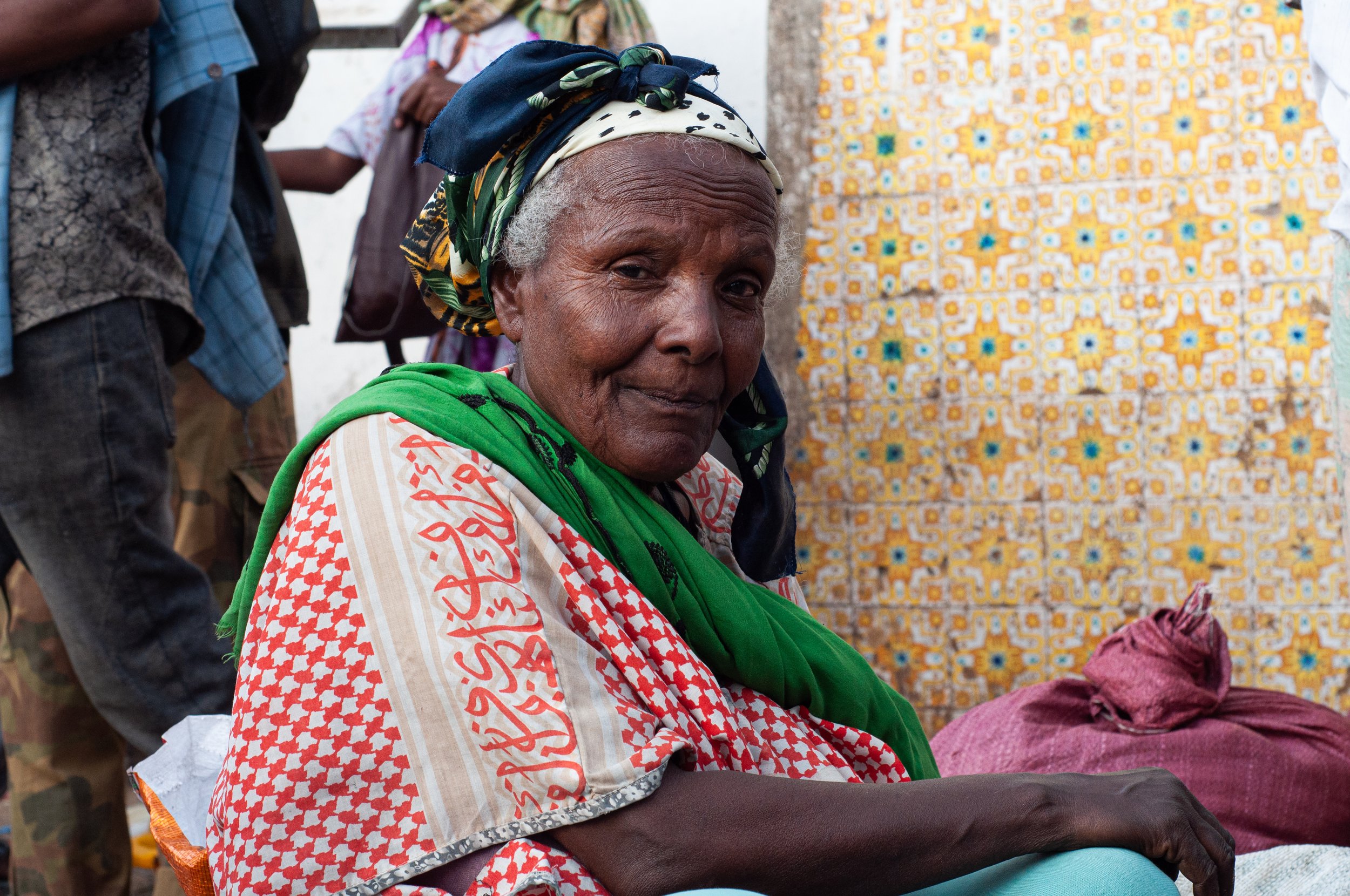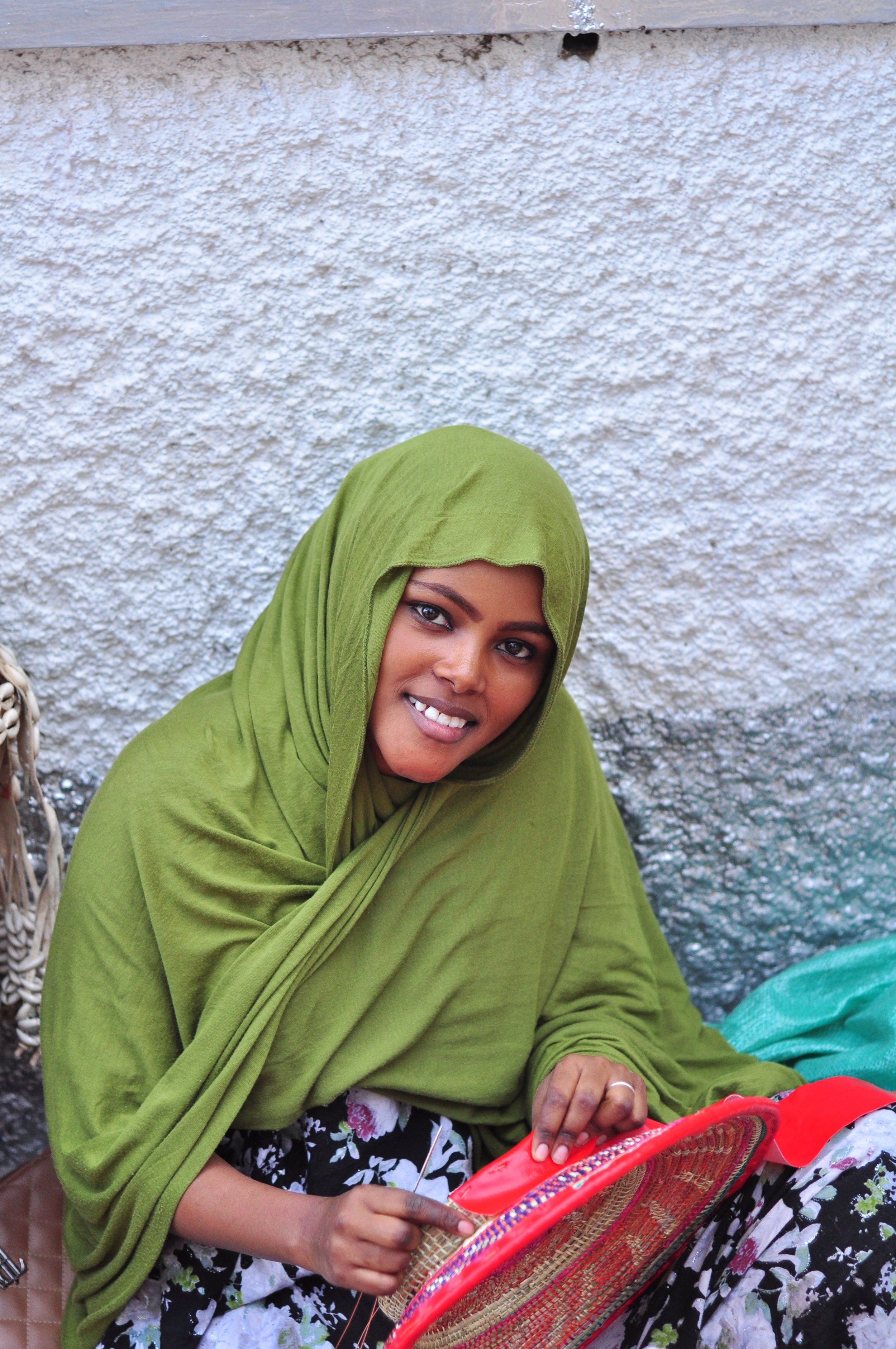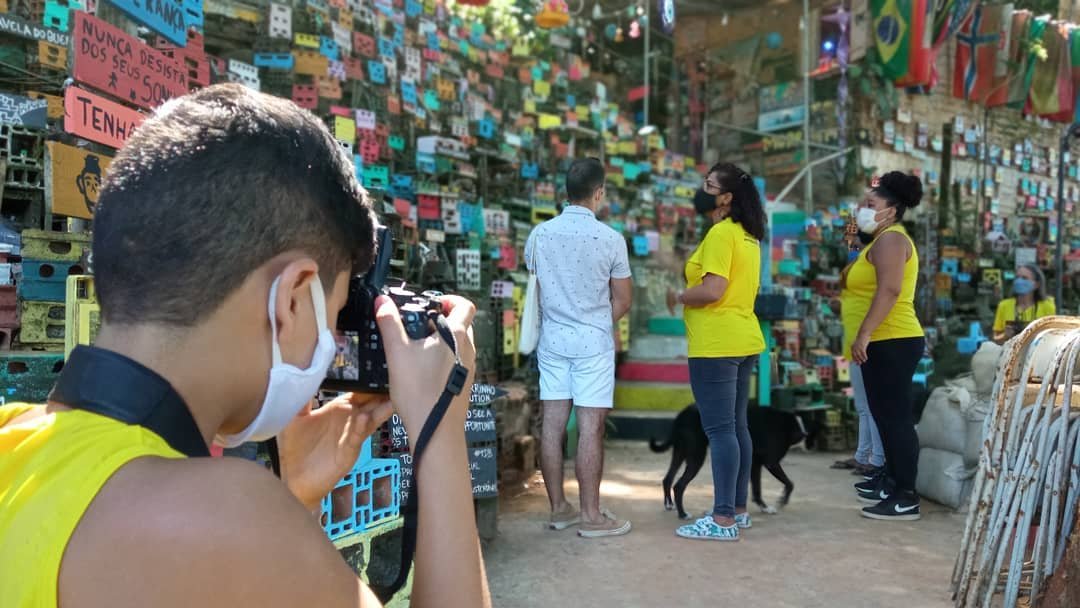What a Picture Means...to them!
Click, click, click … or snap, snap, snap!
Regardless of how digital the noise might sound, this is undoubtedly the typical soundtrack of the majority of our trips.
Beyond the familiar feeling of pleasant satisfaction, taking travel pictures often opens up deep ethical questions about the morality of the shot.
Beyond the Voyeuristic Shot
When we see something ‘exotic’, interesting, curious, unusual or simply beautiful to our eyes, we want to click. Because something, for any reason, attracts our attention, we decide to absorb the information through a lens and on the sensor of our machine, and store it for future reference or nostalgic moments of sharing.
However, when the shots involve other human beings, the level of the moral questions we ask ourselves should rise, obviously.
Photo Credits @MUF - Museu de Favela
How to avoid the risk of an empty Voyeuristic exercise?
How to avoid the risk of an empty voyeuristic exercise? How can we make sure that our shots are embedded with local meaning and, above all, that they are respectful of the people and aware of the moment and the place in which they are taken?
Beyond the necessary moral questions, sometimes the exercise also becomes culturally dangerous.
When we travel without proper knowledge of the place, for example, we tend to reaffirm our biases and stereotypes through the pictures we take.
As shown in the findings of the research that I conducted on Slum Tourism in Rio de Janeiro between 2008 and 2009, the act of visiting a favela with an external tour operator, who has no connection with the place, doesn’t usually add any valuable new information to the visitor’s experience; in addition, the images that are shared on social media afterwards only reproduce the initial perceptions of the place: the local social issues, poverty, degradation.
Our eyes can only see what our mind processes and currently considers to be the reality.
In the same research, I also analysed pictures taken by guests who had chosen to go with a local tour operator, or directly with a CBT project, and they looked totally different. These images showed different people engaged in different activities; the scenes portrayed were also different, as different as were the corners of the streets, the views, the surroundings, even those in the same favela.
Not only did the people appear to be in places that were almost unrecognisable, and not automatically associated with a favela, but also their relationships with the guests seemed different; amazingly, sometimes you would have to look closely, and pause for a while, before identifying who is the tourist and who is the resident.
Travel Matters has created a useful list of tips about responsible behaviour when travelling as guests in other people’s homes. It suggests questions, attitudes and a critical mindset towards the unusual reality we face, and it can be used as guidance for travellers on ethical behaviour.
Given my personal passion for photography, I would like to complement Travel Matters record of responsible actions with some thoughts and recommendations about photography, because it is a powerful tool, which, if used without awareness, can also be powerfully destructive.
Start asking new questions!
The ethical questions should lead the way, for sure; however, we believe that there are other, new questions that could be included on the list.
Have we ever asked, for example, what that shot really means or represents for local people?
A picture is just a picture, some might say.
But is it, really?
I have seen the joy of little kids, excited to see themselves on the screen of my iPhone, which my guide was using while I was interacting with them.
I have seen the pride of the older boys, performing in the streets of Harar, showing their acrobatic skills to the foreigner visitors. I have also seen the shyness of the children and the welcoming kindness of the women of rural communities. I have seen women discovering their beauty on the screen of my camera…
…while others, of all ages, were mischievously smiling at it. And I have, finally, seen women sharing their beauty with my digital lens, whilst being quietly proud of it.
Inspiration from the past to share the future
Although for this writing trip I want to remain on this side of the camera and have them – the local community members – on the other side of the lens, as a Community Storyteller I feel deeply that giving the camera to them is the other part of the tale that we should soon start to write together within tourism.
A symbolic gesture of such power that we cannot always foresee, an invitation to silence our busy minds and listen to local narratives: to reverse our gaze and open up an unwritten path to transform our perspectives by finally including new narratives – theirs.
Photo Credits @Morrinho
Photographer and Photographed: Subject and Object
So, today, for the sake of our reflections, we keep our camera hanging from our neck and pointing forward. On this path, since a predominantly ethnocentric attitude and lack of awareness has traditionally been the major source of problems concerning photography and travel, we should continue to ask ourselves uncomfortable questions.
Am I doing the right thing?
Is this morally right?
Is taking this picture an ethical act?
However, I am perturbed by the fact that in this discussion of ethical versus unethical photography, what is good and bad is still assessed mainly from the perspective of the traveller’s benefit, while the locals are still seen as being the passive objects of the action.
Photo Credits @Elisa Spampinato
My last trip to Ethiopia added an additional layer to the matter, and it helped me to see another reality.
Since then, another kind of question started to arise in my mind.
Do we stop and reflect on what a picture means to someone else rather than to us?
What a picture means to them?
I want to leave aside, for now, the pre-pandemic discussions about what a picture can do to a place, and all the controversial correlations between the sudden spreading of pictures of paradisiacal beaches and the swamping with visitors of previously deserted locations, and the new over-tourism trends and threats.
On this occasion, I thought, I want to draw attention to what effect a picture has on the people on whom, for a moment, we want to sharpen our focus.
Pictures as a gift
After spending time filming and interacting with the local inhabitants of Wajela community, my female guide Workeye and I were no longer surprised, and were a little amused too, to hear the same question being produced after each new person agreed to pose in front of my camera.
“When will you send me back this picture?”
This is what we do, as tourists: we go to places and we take in the beauty, we leave carbon footprints and, hopefully, something positive too, but hardly ever a picture.
And, although the locals can see the beauty of the fields and the mountains around them, a simple picture of themselves is something they don’t have access to.
Considering also that seeing themselves clearly reflected in a mirror is not a common experience for most inhabitants of rural villages, imagine what it could mean to them to see themselves on shiny glossy paper, or just on the screen of a new generation of device.
The whole experience of being photographed can represent something big and relevant in their lives.
When one of the old priests I met in the backyard of a church asked me if he could receive that picture with a frame, I admit that I burst into a loud and incredulous laugh, astonished by the request.
But in the exact same moment ‘the penny dropped’ and suddenly I could see the frame that he was asking me to bring, placed in a corner of his modest thatched residence. For a long, intense second, I felt what he was feeling while looking at the image of that framed picture, the simple pride, the recognition, his special mirror. All the reasons to laugh vanished in the next second, then I crouched and shot his portrait, my knee brushing the ground, holding my breath, click.
Photo Credits @Elisa Spampinato
For a moment I felt that my camera had become more than a storage for visual memories, or a tool for an artistic creation, and it had transformed into a selfless bridge builder to serve, for once, the person on the other side of the lens.
That moment represented more than just giving back, to me – it was a silent cultural connector, playing its role quietly but effectively. Helping me to make him be seen.
**
Who are you taking that picture for?
Is it just for yourself, or to share your memories with your family and friends?
Perhaps that photograph can help you to open a dialogue with another human being, a dialogue that will not only help to dismantle stereotypes, but which also has the potential to become an opportunity to create an equal and non-monetary exchange between two usually distant universes, momentarily stroking each other’s edges.
**
Conclusion
As travellers, even if we have no aspiration to become a photo reporter or a visual blogger, the simple thought of considering who is on the other side of the lens, and what a picture might mean to them – at every single shot – can help us to become more respectful and conscious.
Photo Credits @Rocinha Original Tours
A photograph can be used as a bridge builder between distant people and cultures, and it can play the strategic role of human and cultural connector.
When the end goal is not the picture itself, but an experience, we can aim to connect with other human beings through our camera.
Especially because we shouldn’t rely on a photo to store our memories.
Sometimes the precious moment that you hold in your heart is the picture that was never taken – the one you wanted to, but knew you shouldn’t take, or the resonant laughter that rung out before or after the click. That is what will make your heart swell when your mind travels back to that place.
Rocinha Original Tours
(This blog has been written by Elisa Spampinato, a travel writer & Community Storyteller, CEO & Founder at Traveller Storyteller)


